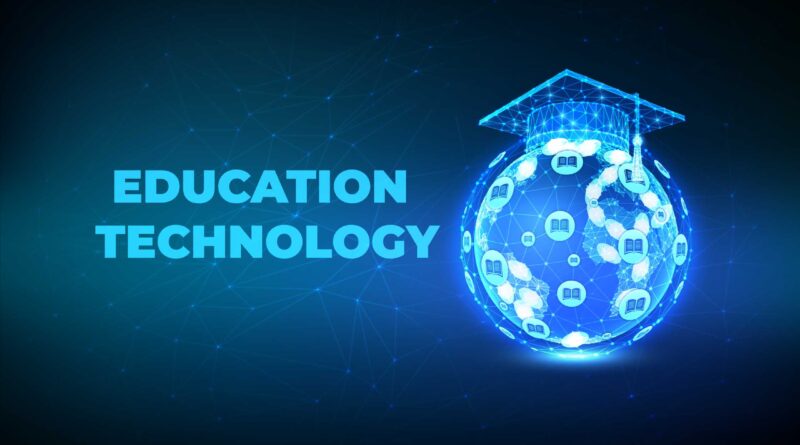
Education Technology

The Urgent Need for Digital Transformation in Public Higher Education

The Digital Transformation Journey in Higher Education

Preparing College Students for the Quantum Age of Discovery

Yes, and…The Path to Being a Technology Leader and Visionary

A HIFLEX Opportunity

Creating Digital Transformation By Fostering Strong Relationships

Promise and Responsibility in K-12 Digital Transformation

E-Therapy: Innovating to Provide an Equitable Future for All Students

The Role of Digital Transformation in Education Work

Technology and its Impact on the Academy

Audio-Visual (AV) Technology In Hybrid Learning

The Value of Digital Transformation

Optimizing Academia for AI Mission Priorities
Education Technology: Leading the Decade of Digital Disruption
Technology has disrupted almost all sectors worldwide and has now brought to the limelight a new industry that has significantly benefited from these disruptions – the education industry. With artificial intelligence (AI) and Machine learning (ML) at the forefront, the traditional ‘chalk-and-talk’ classroom instruction has been replaced with a world-class standard of education that caters to every child and their unique learning capabilities. This new technology has helped students interact with various topics through animations, images, and HD movies. For instance, students can now operate on virtual patients using surgical instruments or take a virtual tour of the Andes to better understand the region’s geography.
In addition to offering in-person experiences for all students, AR/VR tools have also been shown to improve overall learning outcomes, encourage higher engagement, reduce cognitive load and distance and enhance memory recall for abstract or complex topics, such as STEM (science, technology, engineering, and mathematics) and other subjects that often rely on two-dimensional representations.
However, the benefits of EdTech don’t end there; it can also aid with adaptive learning techniques, speech recognition, and analyzing problems through AI and Machine Learning technology, thereby becoming a valuable asset to help accommodate students with special needs. Between standard devices with accessibility features and purpose-built software, technology has made the industry more inclusive than ever. Earlier, most teachers were not trained to cater to the needs of specially-abled children. Neither did they have the time nor the right tools to help guide these students. Edtech has changed this forever and enabled schools and educators to design personalized courses to suit the needs of every individual student.
While COVID-19 has also made it evident that in today’s environment, where pandemics, wildfires, floods, and hurricanes are the new norm due to the effects of climate change, schools cannot always provide in-person education—making a case for investing in education technology.
In 2021, the global education technology market was valued at USD 106.46 billion and is expected to grow at a CAGR (Compound Annual Growth Rate) of 19.9% from 2021 to 2028. With AI, ML, gamification, and immersive learning making rapid advances in education, one can expect new developments to be rolled out regularly in the near future.
This is all part of the significant movement of digital disruption and the enormous opportunity to change the future of education forever and make it hybrid or even remote to better aid students and help them study at a time and pace that suits them.
